Quasselstrippe
How can we enhance dialog between citizens and science? With Quasselstrippe we developed an open source participation toolkit for collecting questions, comments and ideas. The toolkit combines voice-based technology with a tangible user interface and a DIY approach.
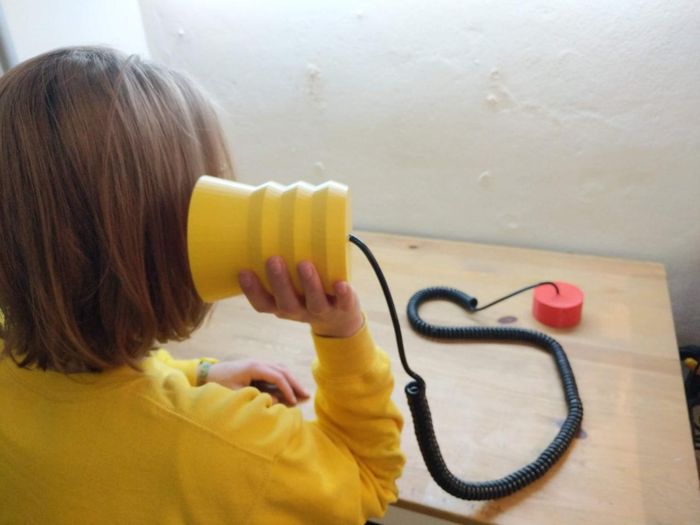
The tin can phone is a simple object that is mainly used by children. For TOOLS we are building a concept of the tin can phone and turn it into a voice interface and dialogue instrument. Technically, it consists of a Raspberry Pi mini-computer with microphone and speaker. The user speaks and listens into the can. A voice controlled by the computer guides the user through the dialogue. The dialogues are meant to be adapted case-specifically by the institutions involved. The integrated speech recognition software recognizes core passages of the input and adapts the dialog accordingly. Statements from other users can be interwoven into the dialog. The anonymized answers are sorted and collected.
Quasselstrippe makes sophisticated technology approachable without being a black box in terms of data security and accessibility. The goal is to develop a tool that is highly adaptable to specific needs and creates a playful way to engage in participation processes. It will be distributed as an open-source toolkit with manuals for the software and instructions for the hardware. The project's documentation can be found under hallo-quasselstrippe.org.
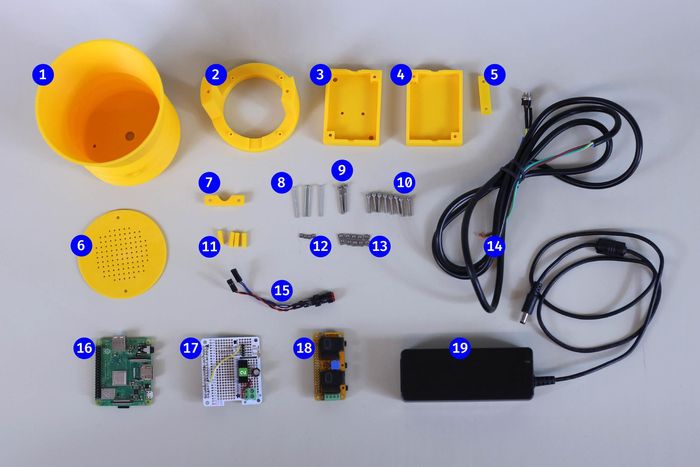
Together with the hardware toolkit, we developed an easy to use library to configure dialogs by using a visual programming language. It is able to transcribe speech and recognize patterns and answers to react on the users input. It allows to save the received inputs and send it to other endpoints.
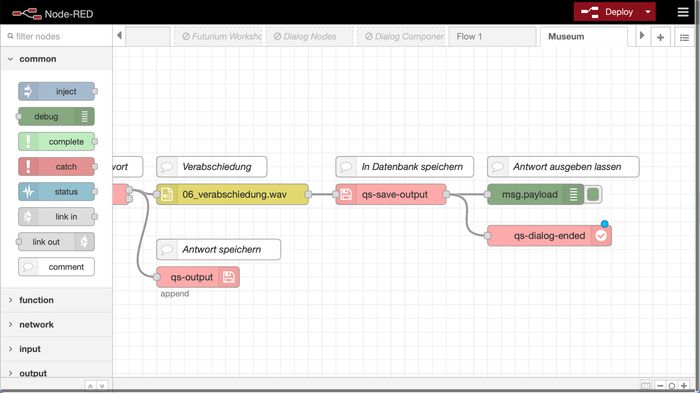
The toolkit is primarily aimed at cultural institutions, educational institutions and self-initiatives. We are colaborating with the Futurium, the Berlin Initiave Stadtprojekte, and The Museum für Naturkunde – Leibniz Institute for Evolution and Biodiversity Science.
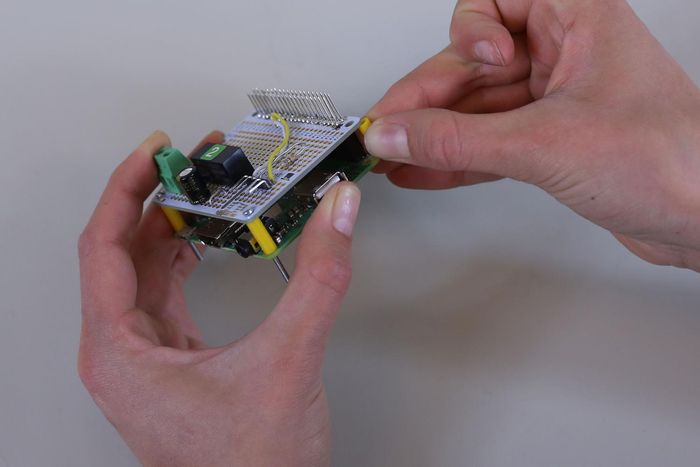

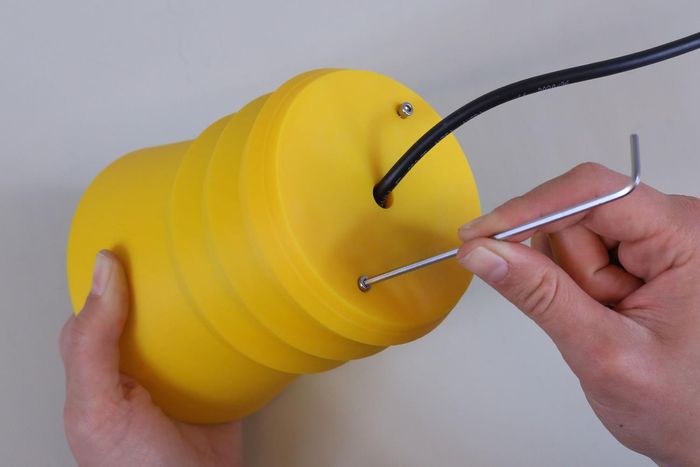
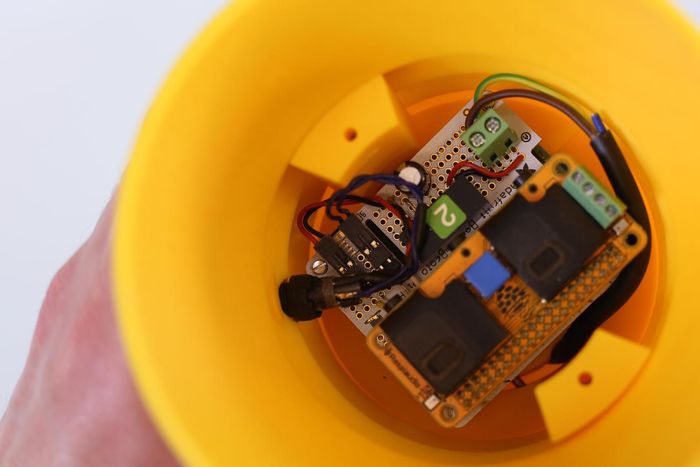
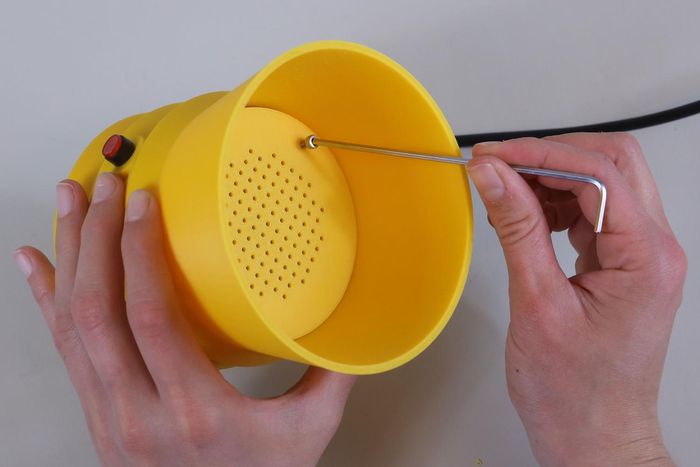
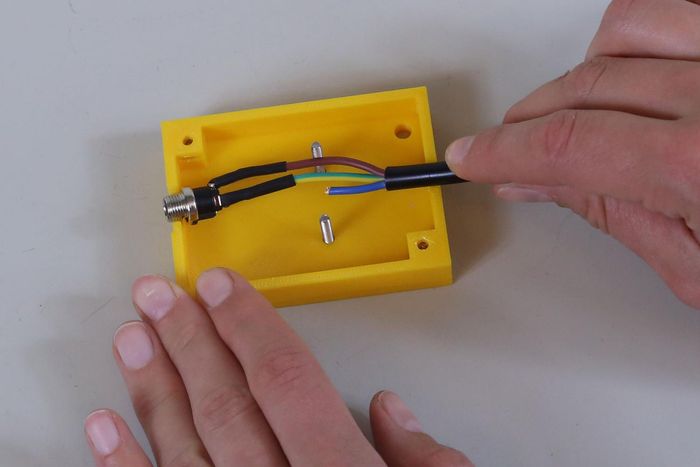
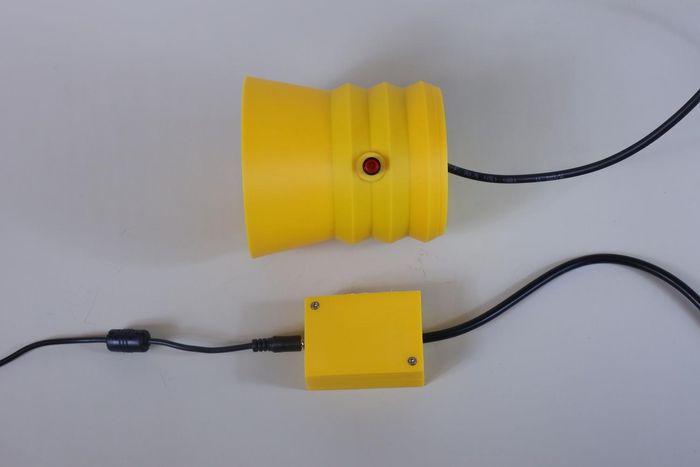
Created in collaboration with Malte Bergmann, Tomma Suki Hinrichsen and Rebecca Merdes at Design Research Lab.
← Back